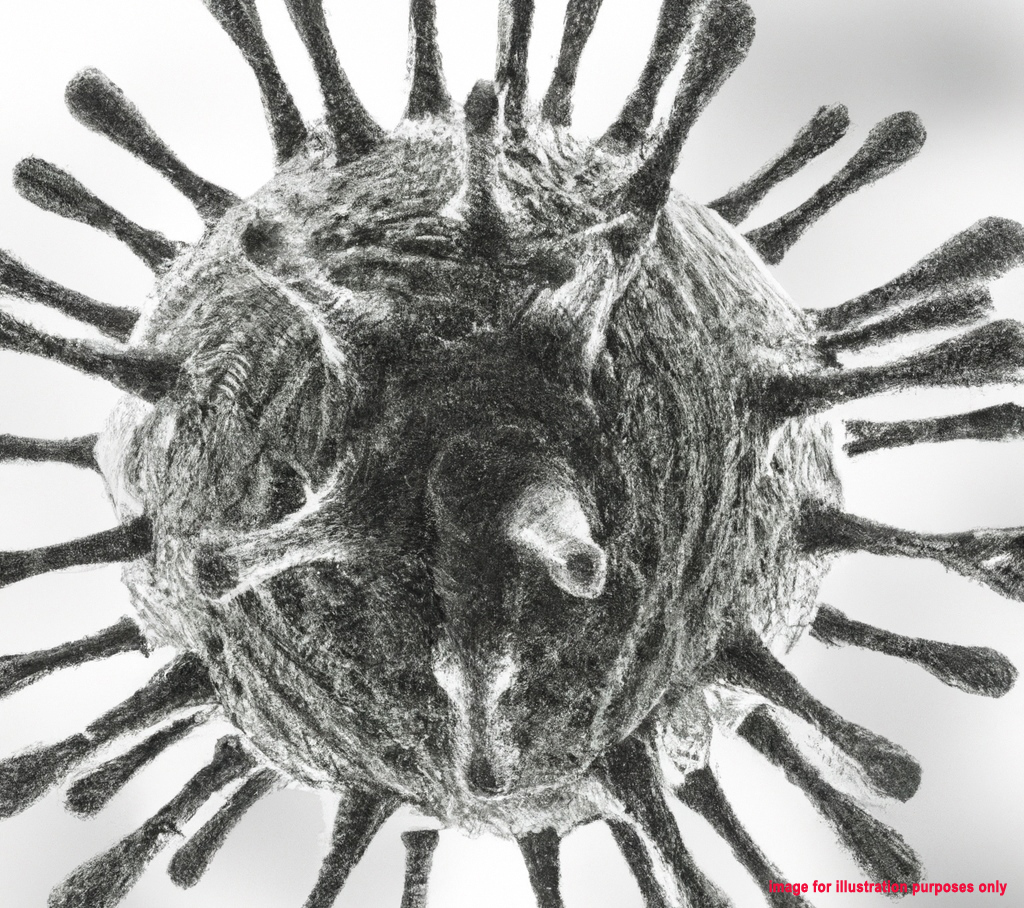Cervical Cancer

Cervical cancer originates in the cervix, the lower portion of the uterus
that opens at the top of the vagina.
Causes, Incidence, and Risk Factors
Globally, cervical cancer ranks as the third most prevalent cancer among
women. Its occurrence is significantly lower in the United States due to
widespread Pap smear utilization. The disease begins in cells lining the
cervix, predominantly squamous cells. Typically, cervical cancer progresses
slowly, originating as dysplasia, a precancerous state detectable via Pap
smears, which are 100% treatable.
Regular Pap smears are crucial in early detection. Failure to address
precancerous changes can lead to cervical cancer development and metastasis
to adjacent organs over years. Nearly all cervical cancers stem from human
papillomavirus (HPV) infection, a sexually transmitted virus. Various HPV
strains may cause cervical cancer, with risk factors including early sexual
debut, multiple sexual partners, economic constraints hindering regular
screening, partners engaging in high-risk sexual behaviors, maternal use of
DES during pregnancy in the 1960s, and compromised immune function.
Symptoms
In its early stages, cervical cancer often manifests without symptoms. When
present, symptoms may include abnormal vaginal bleeding between periods,
after intercourse, or postmenopause, persistent vaginal discharge, prolonged
and heavy menstruation, and pelvic discomfort. Advanced cervical cancer
symptoms may encompass bone pain, fatigue, weight loss, urinary or fecal
leakage, leg swelling, and appetite loss.
Signs and Tests
Precancerous and cancerous cervical changes necessitate specialized tests.
Pap smears facilitate precancer and cancer screening but do not yield
definitive diagnoses. Abnormal findings prompt colposcopy, a magnified
cervix examination, with tissue biopsy for histological analysis. Additional
diagnostic tests may involve endocervical curettage (ECC), cone biopsy, and
imaging studies such as chest X-ray, CT scan, cystoscopy, intravenous
pyelogram (IVP), and MRI to stage cancer extent.
Treatment
Cervical cancer treatment is tailored to cancer stage, tumor
characteristics, patient age, health status, and fertility desires.
Early-stage cervical cancer often responds to tissue removal or destruction
while preserving fertility. Surgical options include loop electrosurgical
excision procedure (LEEP), cryotherapy, or laser therapy.
Hysterectomy, typically sparing ovaries, is less common for localized
cancer. Advanced disease may necessitate radical hysterectomy or pelvic
exenteration. Radiation therapy, either external or internal, targets
locally advanced or recurrent cancers. Chemotherapy, employing drugs such as
5-FU, cisplatin, carboplatin, ifosfamide, paclitaxel, and cyclophosphamide,
may complement surgery or radiation. Combination therapy may precede or
follow surgery, aiming to enhance treatment efficacy.
undo Common Diseases in Singapore